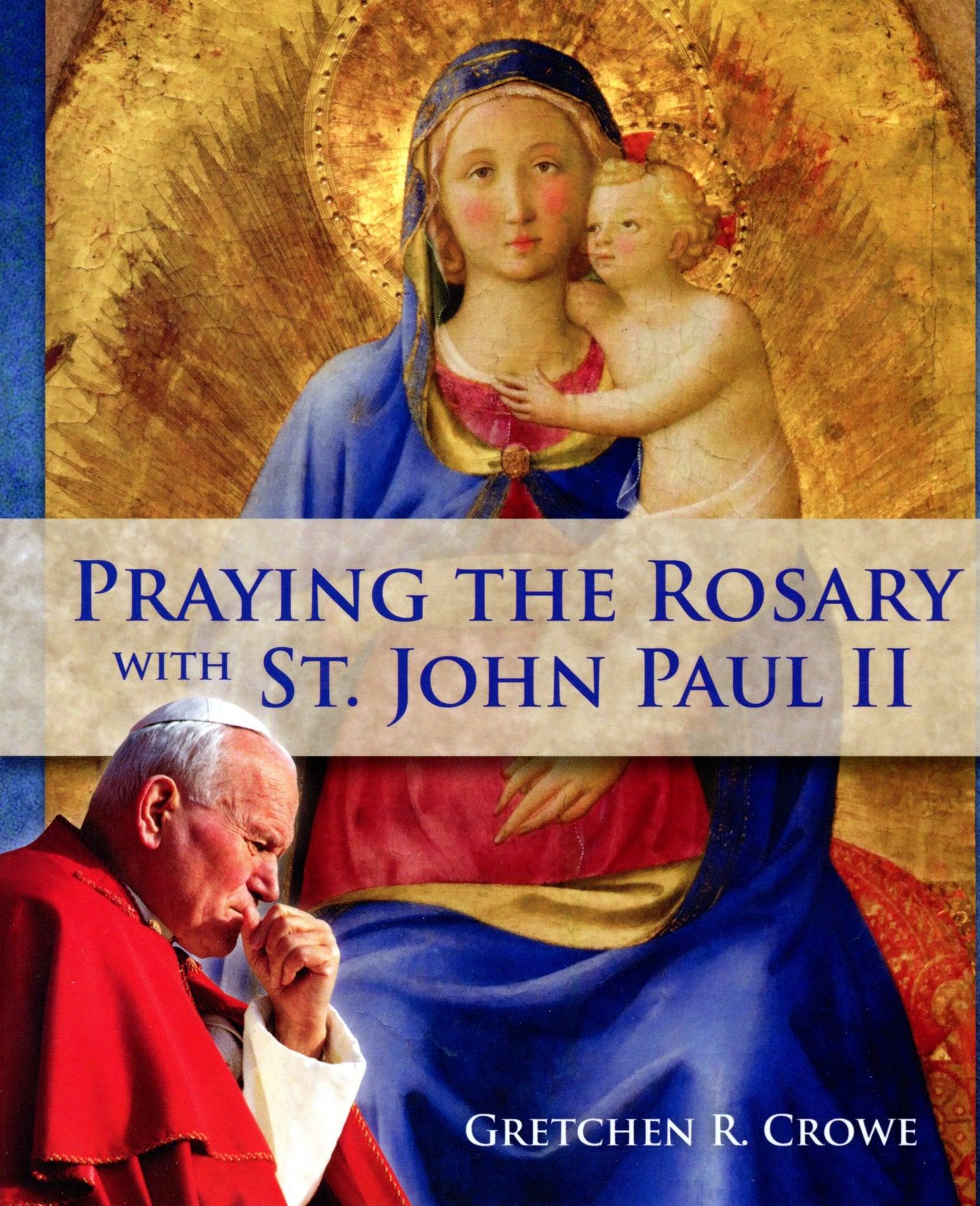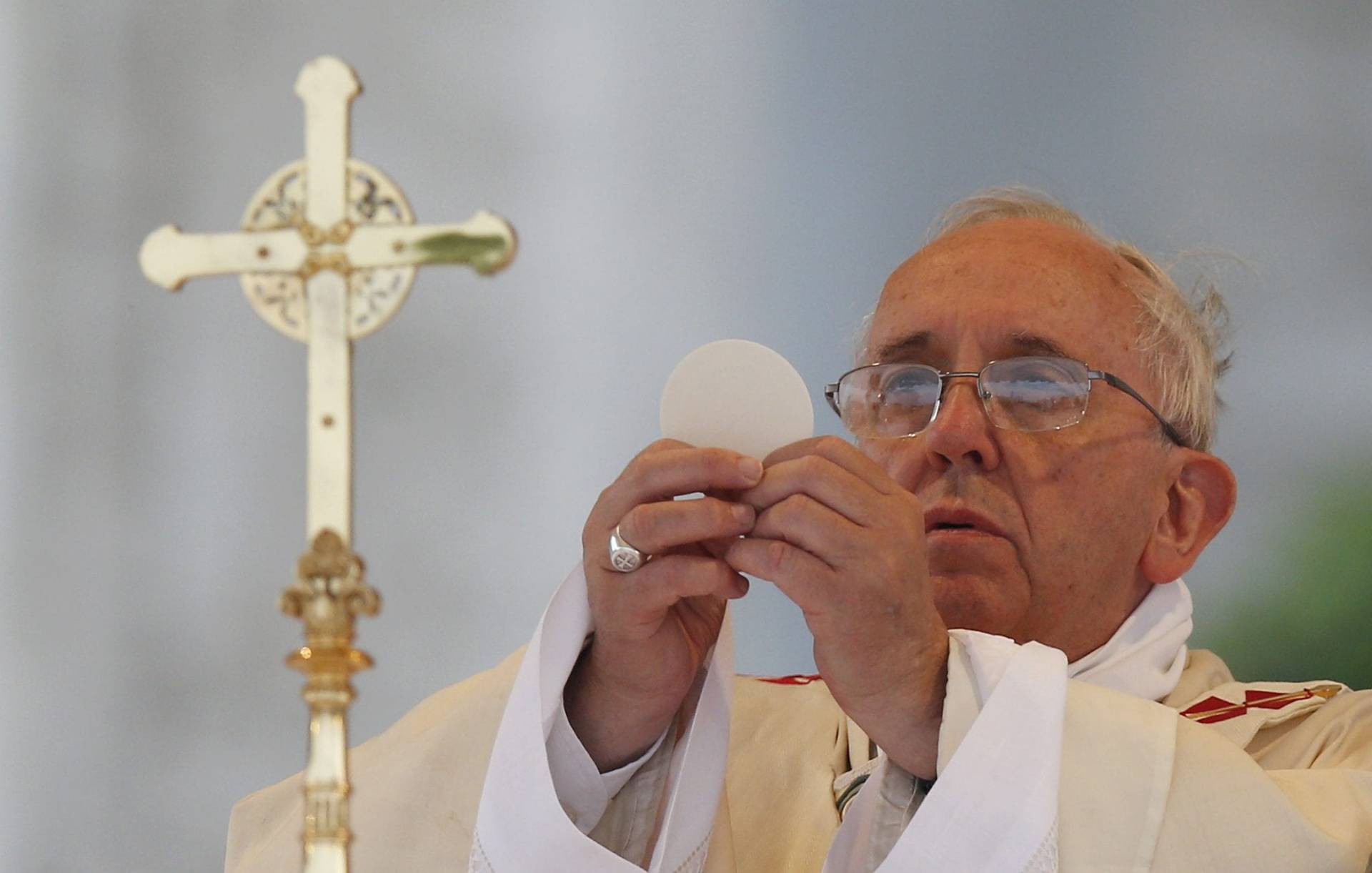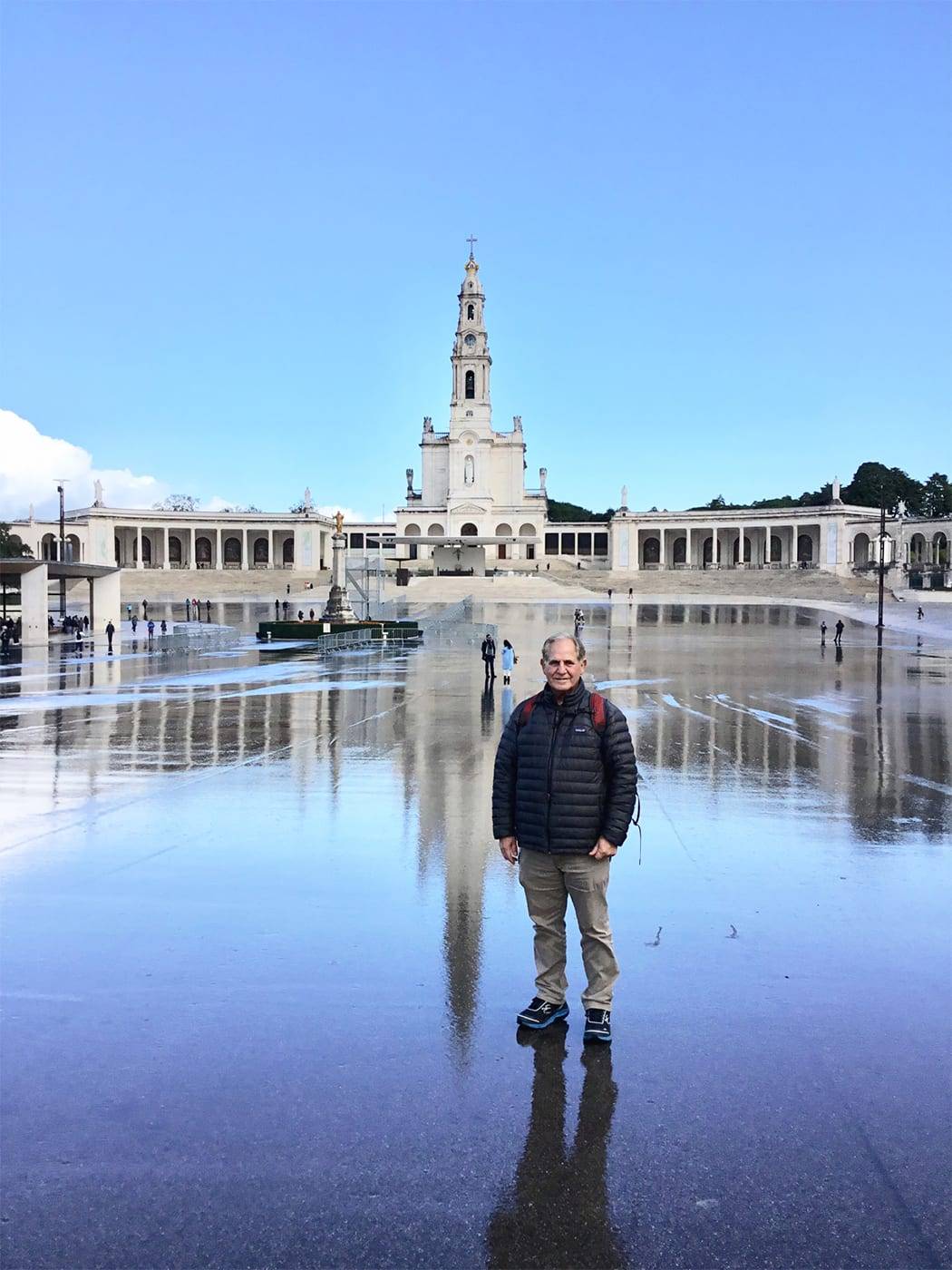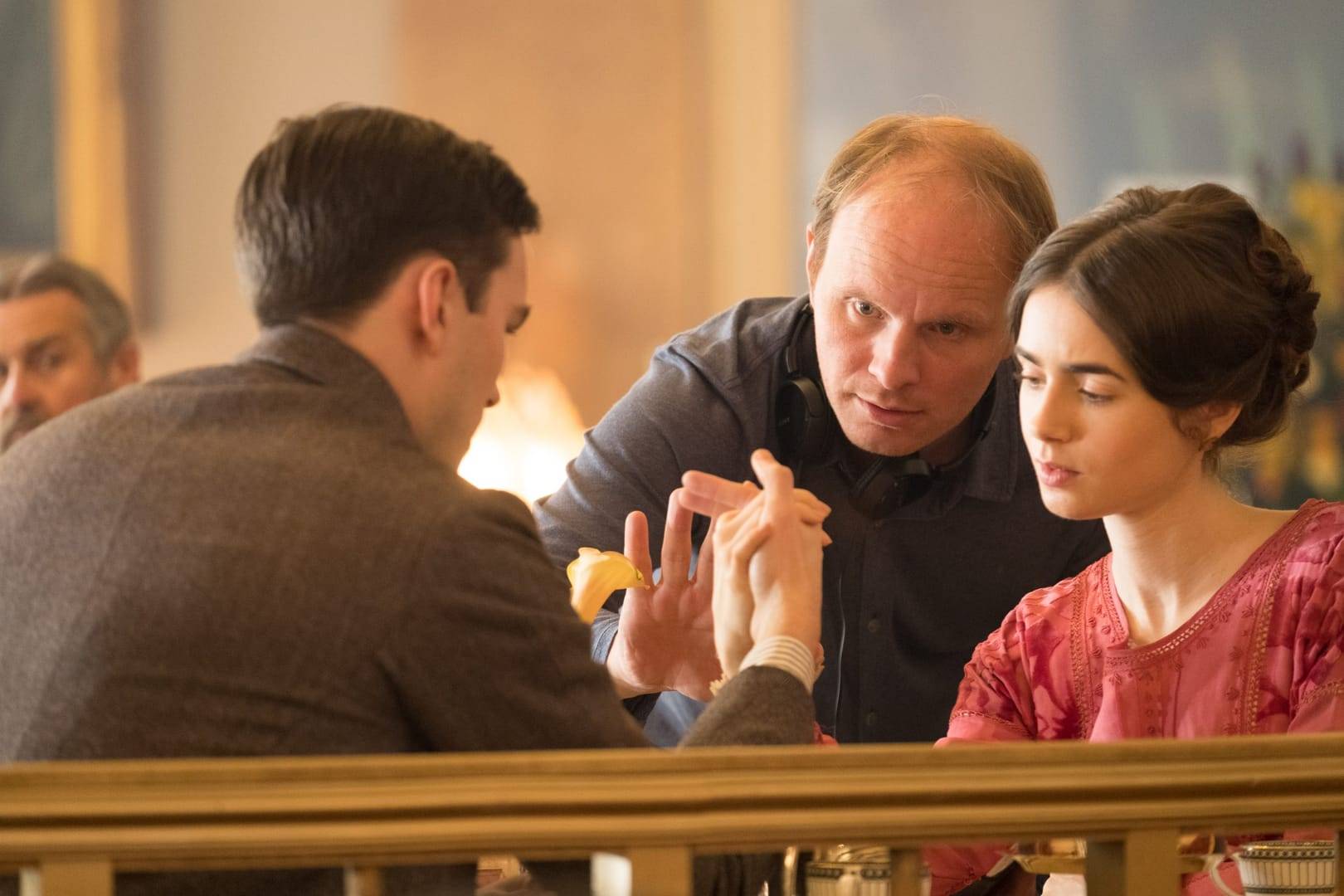Another year, another Mother Teresa debate.
In India last week, the leader of the Rashtriya Swayamsevak Sang (National Volunteer Corps) made a comment that Mother Teresa’s work was less about selfless service and more about converting Hindus.
Conversion is a controversial issue in Indian society — laws forbidding incentives to convert are on the books in many Indian states, committees have periodically investigated the activities of Christian groups, and the very idea of conversion is often a subject of debate in discussions of India’s character as secular democracy.
So when the conversion charge was raised against her, many Indians religious leaders, politicians, and public intellectuals defended Mother Teresa — also known as Blessed Teresa since her beatification — stating that not only were her critics “ill-informed,” but that Mother Teresa had performed an enduring service to all Indians, regardless of their caste or creed.
Charges and counter-charges, claims and counter-claims regarding Mother Teresa and her work are certainly nothing new. And debating Mother Teresa is something quite familiar to me personally — I’ve debated about Mother Teresa myself many times. Sometimes I had the debate with friends and colleagues in India, but more often the debate was with myself, during moments when I reflected on the difficulties of the saints and how they challenge us to think beyond our conventional categories.
Mother Teresa has always been the saint who has challenged me the most.
* * * * *
It was the 1980s, and I was a college student, doing my junior year abroad in India.
I volunteered time with Mother Teresa’s order, The Missionaries of Charity. I didn’t do much — I helped build a Christmas crèche and practiced my Hindi with the residents. More often and not, I just sat watched the sisters work. And they worked hard: They washed and bathed the residents, they picked up those who had been abandoned by the roadside, they cooked, and they cleaned their home so well that the stone floors seemed to glimmer.
Then one day, I saw a severed goat’s head and bloodstains on the otherwise shiny kitchen floor at the Missionaries of Charity home.
The sight unsettled me, but not because I was an American uncomfortable learning about where his food came from. Instead, it was because I was living with a Brahmin family, and trying as hard as I could to respect their vegetarian commitments and sensibilities. Not all Indians are vegetarian, of course, but those in religious life are expected to be abstemious in the extreme — and at all times.
Yet here was a goat’s head and the prospect of a sumptuous Christmas banquet involving the Missionaries of Charity. It was jarring, indeed, in that cultural context.
There were other aspects of the Missionaries of Charity that seemed out of place. While the sisters all wore saris, and the Mass was in Hindi, the discipline and structure was all traditionally Catholic and quite familiar to me, having visited convents and monasteries in Europe in the United States and Europe. Relations with local Hindu organizations were cordial and cooperative. Mother Teresa’s order wasn’t interested in conversions — that much was clear. But it also didn’t seem much interested in religious dialogue, either — at least the kind of dialogue that probed the philosophical and ritual intersections and divergences between Catholicism and Hinduism. That was the kind of dialogue that budding academicians like me thought was so important. I was in India to learn about Indian life, after all, and would spend hours with my Indian friends talking about religion, politics, family, and what it’s like to fall in love.
Those kinds of intellectual and personal discussions were absent at the Missionaries of Charity home. Even though the Missionaries of Charity sisters were all Indians, I debated with myself about how deep their engagement with India was, about how Indian they really were.
* * * * *
It was the 1990s, and I was researching my doctoral dissertation and living in India once again.
I was sitting in a Tibetan restaurant, having dinner with some Indian and American friends, one of whom was a writer of growing reputation who had just come for a visit from his publisher in Delhi. The subject eventually turned to newly released books and a volume provocatively titled “The Missionary Position” by Christopher Hitchens.
The book was an anti-Mother Teresa polemic: criticizing the Missionaries of Charity for outdated and inadequate methods of caring for the poor. Mother Teresa’s supposed personal sins were enumerated: Close relations with the corrupt and dictatorial Duvaliers in Haiti and with criminals like Charles Keating in the United States, infamous for his role in the savings and loan scandal of the late 1980s. My writer friend called Hitchens’ book “damning” and everyone at our table nodded in agreement.
Except for me.
I hadn’t actually read the book, but I protested anyway. I talked about the virtues of simplicity and poverty. My voice rose when I drew attention to the continuing presence of anti-Catholic prejudice both in India and the West. As for the Indian-ness of the Missionaries of Charity, I knew better now. Indian identity was diverse and multi-faceted, and being a traditional Catholic did not make you less Indian.
But I was defensive because I was disturbed. I knew Mother Teresa was no political naïf. Those who had worked with her told me as much — she was tough and demanding. In any case, she had to navigate very complex political dynamics to establish homes in some of the most unstable and impoverished parts of the world.
But I thought, if Mother Teresa didn’t know about Duvalier’s or Keating’s misdeeds, she should have. I debated with myself about how mercy for sinners related to praising dictators and accepting money from crooks.
* * * * *
It was the 2000s, and I was a college teacher planning my classes.
I had heard about Come Be My Light, a collection of Mother Teresa’s private writings. Christopher Hitchens, who had given testimony against Mother Teresa’s sainthood cause, thought the book was either a courageous exposure of Mother Teresa or a foolhardy end-around the canonization investigation.
I had to read it for myself.
I still wasn’t prepared for what I found.
There were Mother Teresa’s incessant writings to her bishop to be released to begin a new ministry; I debated whether this was a sign of her obedience to God or evidence of her disobedience to Church superiors. There was her anguished testimony about not being able to feel God’s presence; I debated whether Mother Teresa had lost her faith or encountered the ultimate darkness of faith, where the apparent absence of God reveals our insatiable and inevitable human longing for God.
I wasn’t sure.
But I did decide that reading “Come Be My Light” would be a good way for my students to debate Mother Teresa and her legacy.
* * * * *
It was after college, but before graduate school. And Mother Teresa clasped my hand.
It was at a Missionaries of Charity home in the South Bronx. I was volunteering in another Catholic institution down the street where we fashioned ourselves as providing a residential home for otherwise homeless young men. The Missionaries of Charity place was for the hard-core types we couldn’t handle.
I was invited to a semi-private audience with Mother Teresa during one of her US visits. I was last in line — a priest and some seminarians were ahead of me. Mother Teresa came and placed rosaries into everyone’s hand.
But she walked past me.
I must have given a mournful or frustrated look that someone noticed. Mother Teresa turned around and looked at me, saying, “Oh, you would like a rosary, too.”
She pressed a black plastic, rosary into my hands. “Jesus through Mary,” she said.
* * * * *
I’ve always debated what that moment meant.
At the time, I was in limbo, struggling to figure out what to do with my life. Mother Teresa was an emblem of strength. I felt that strength in her hands: They were rough hands, compact, weathered, powerful. Jesus through Mary — the certainness of that faith, the straightness of that path.
Not unlike the leader of the Rastryiya Swayamsevak Sang, I saw Mother Teresa through my own experience, my own expectations, my own understanding of who she was and who she must be.
But Mother Teresa was more complicated than I, and many others, thought.
Now I see myself back then as a lonely young man, disappointed but not surprised that Mother Teresa would initially walk right on by, seemingly without noticing. But she was lonely too, in a different but certainly no less painful way.
Mother Teresa is not formally a saint — she is Blessed, a Beata. But for me, the debate about her sanctity has ended. For all her heroism and controversy, Mother Teresa stands in — and intercedes — for all us in our own inevitable and very human contradictions. She was humble and willful, wise and naïve, steadfast and opportunistic, tough and vulnerable. She had boundless faith, but experienced boundless darkness. Of course, Mother Teresa herself wrote that she would be a saint of darkness.
But whenever I debate Mother Teresa, I prefer to say that she is a saint of contradiction. That might seem like a strange thing to say. But contradictions can make us saintly just as they make us human.














